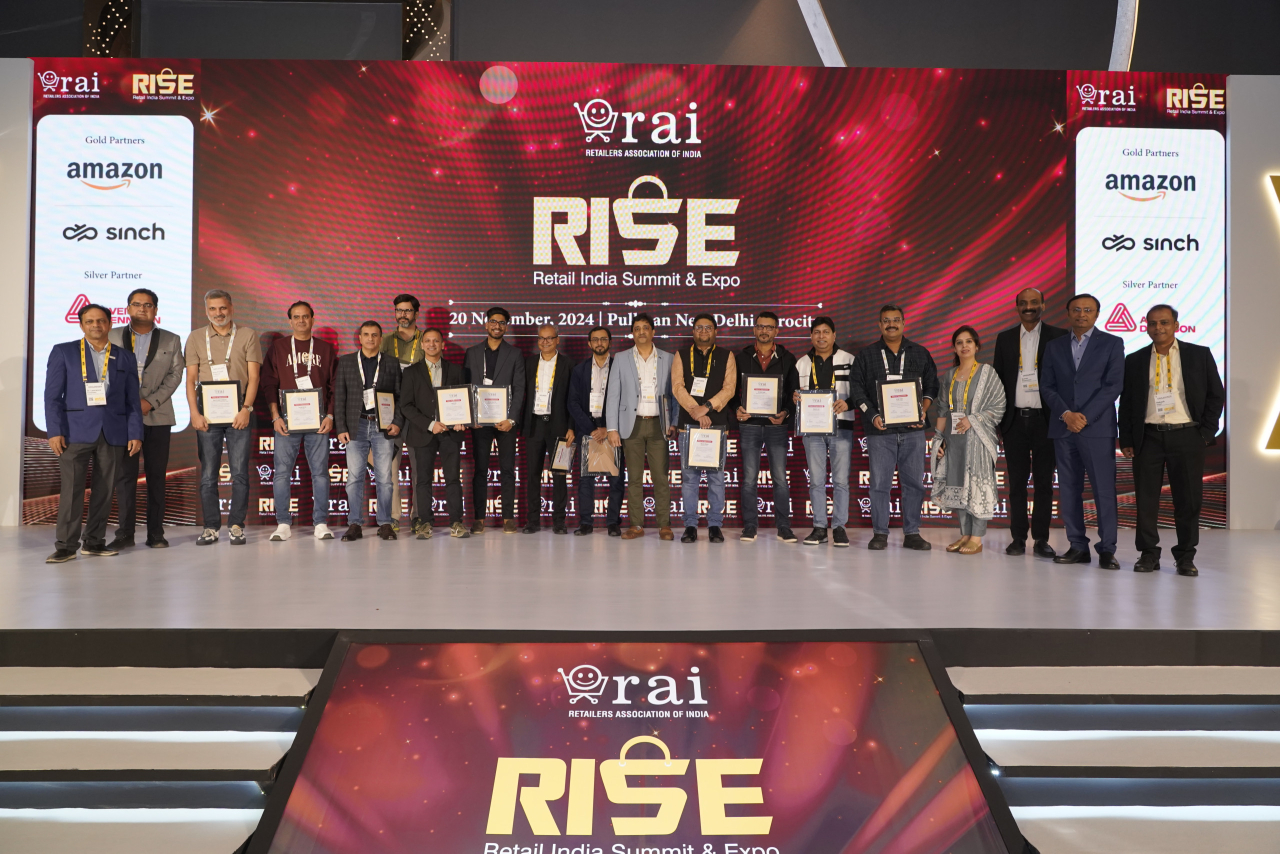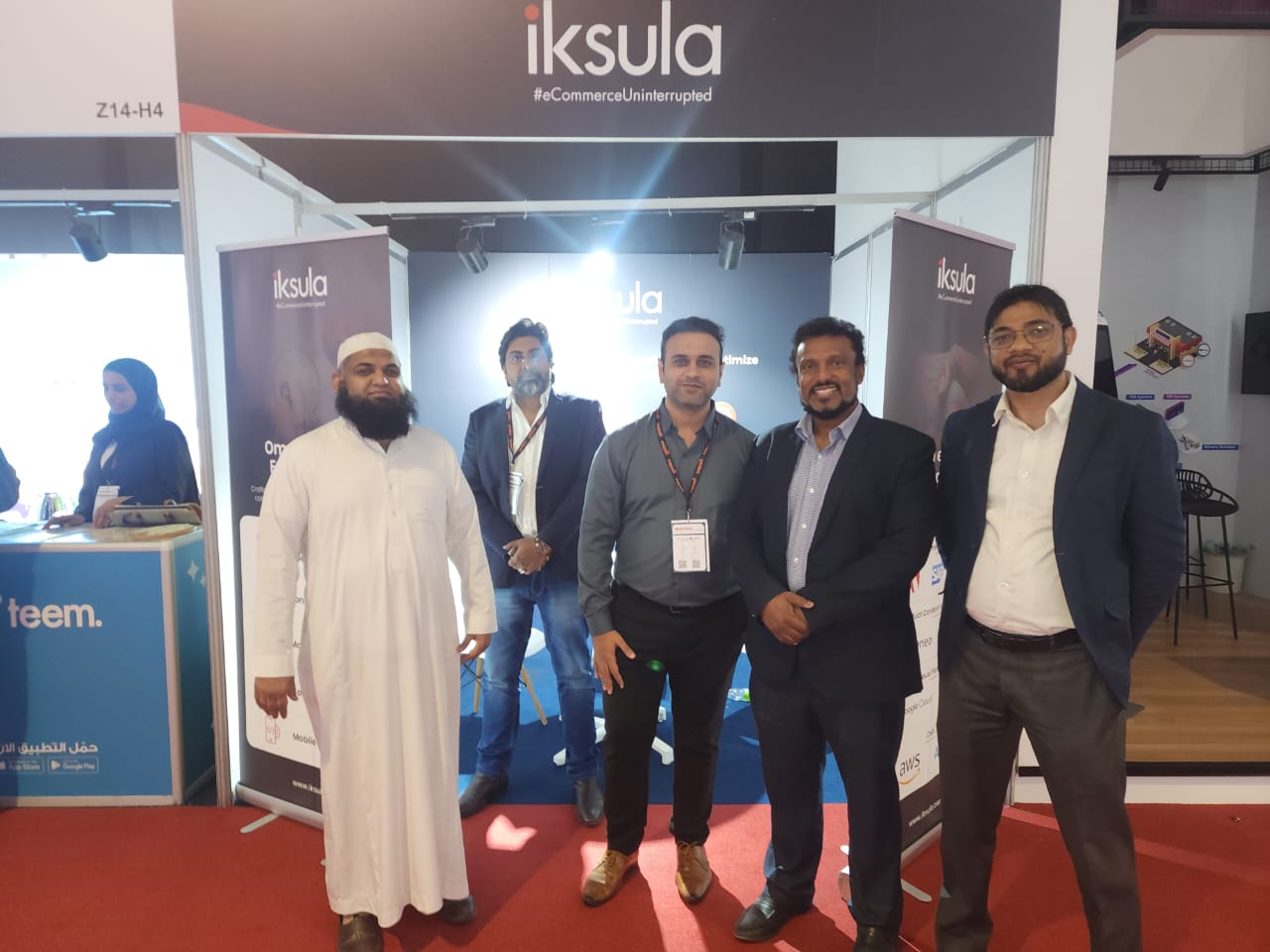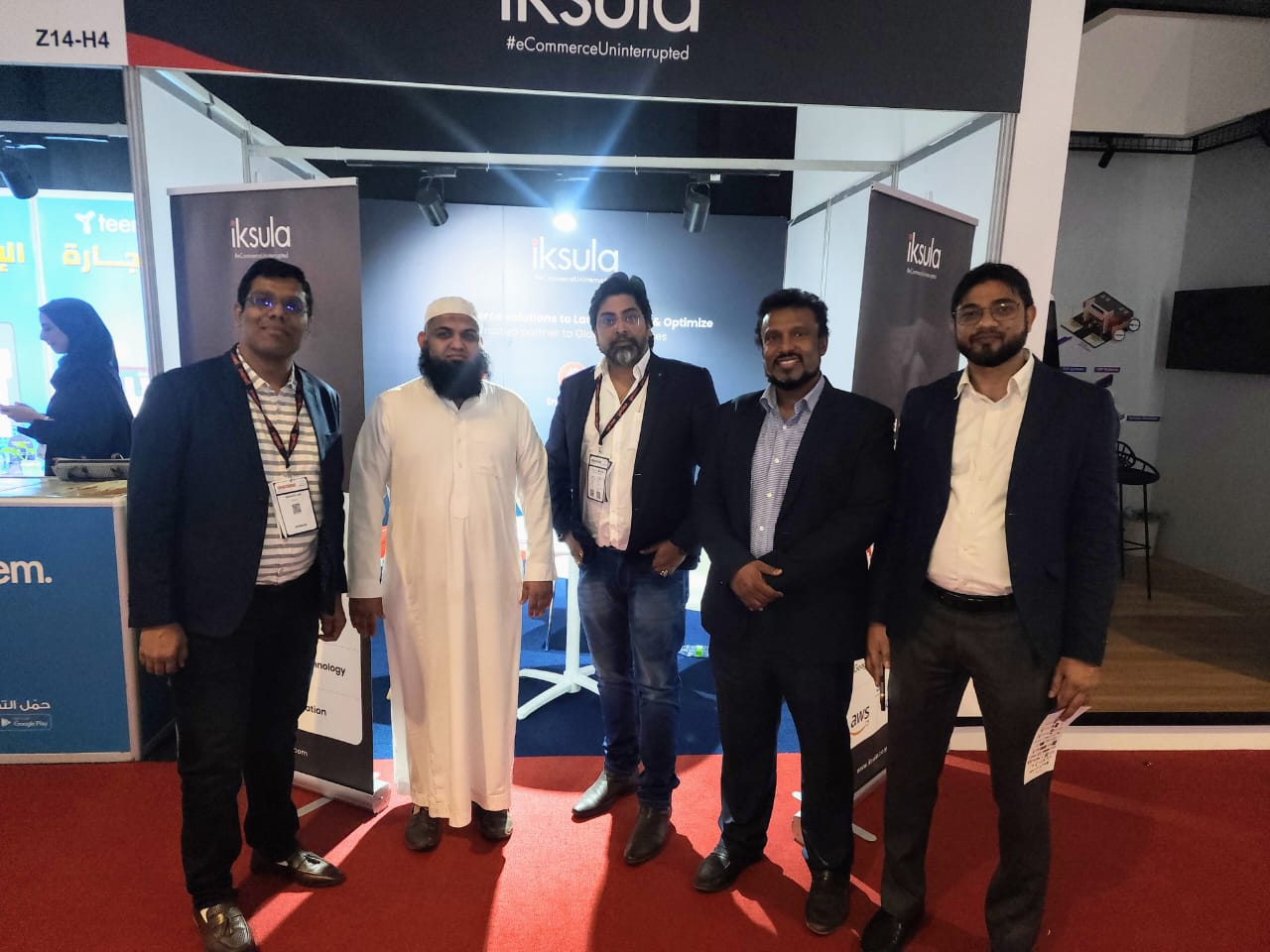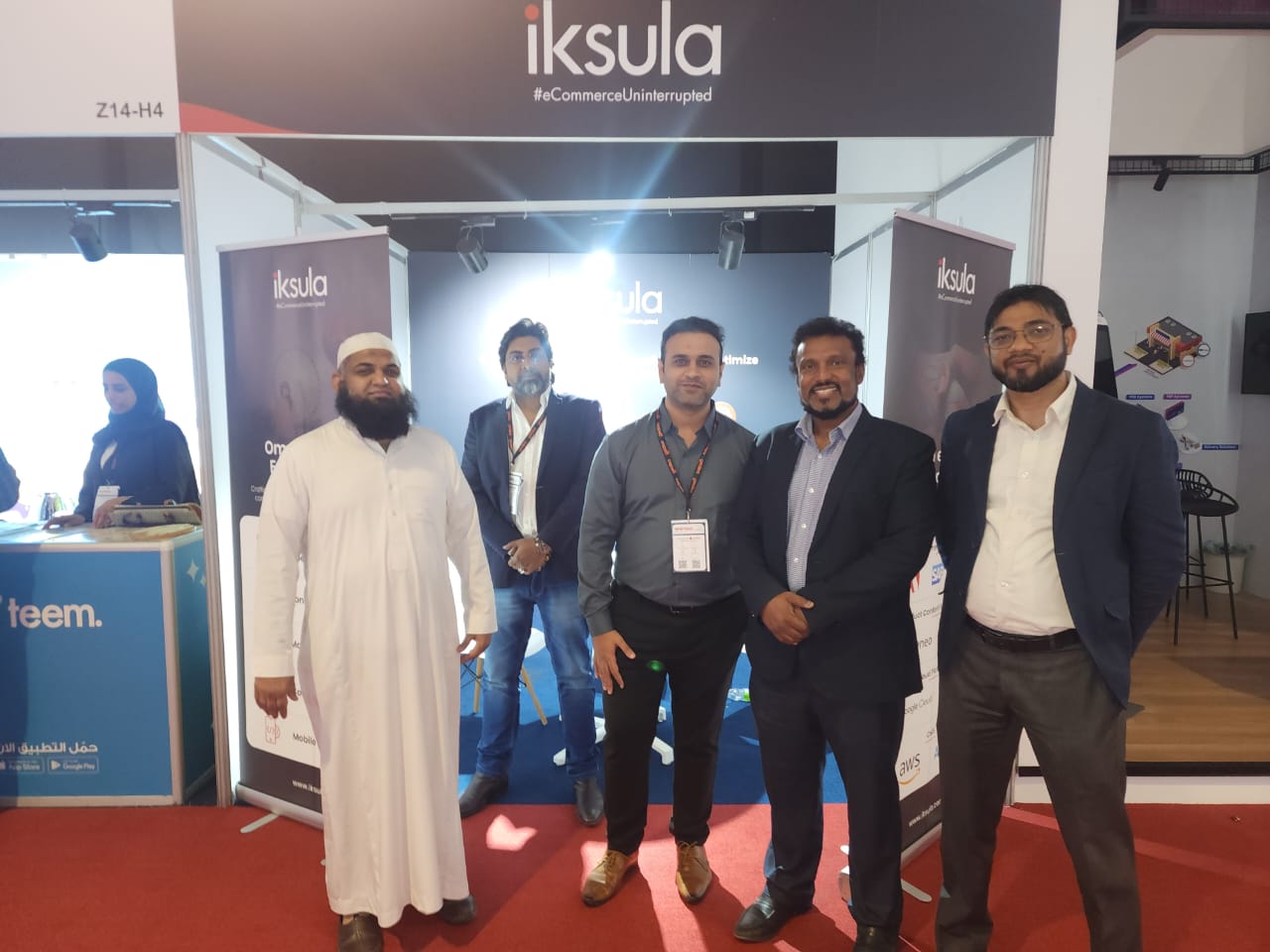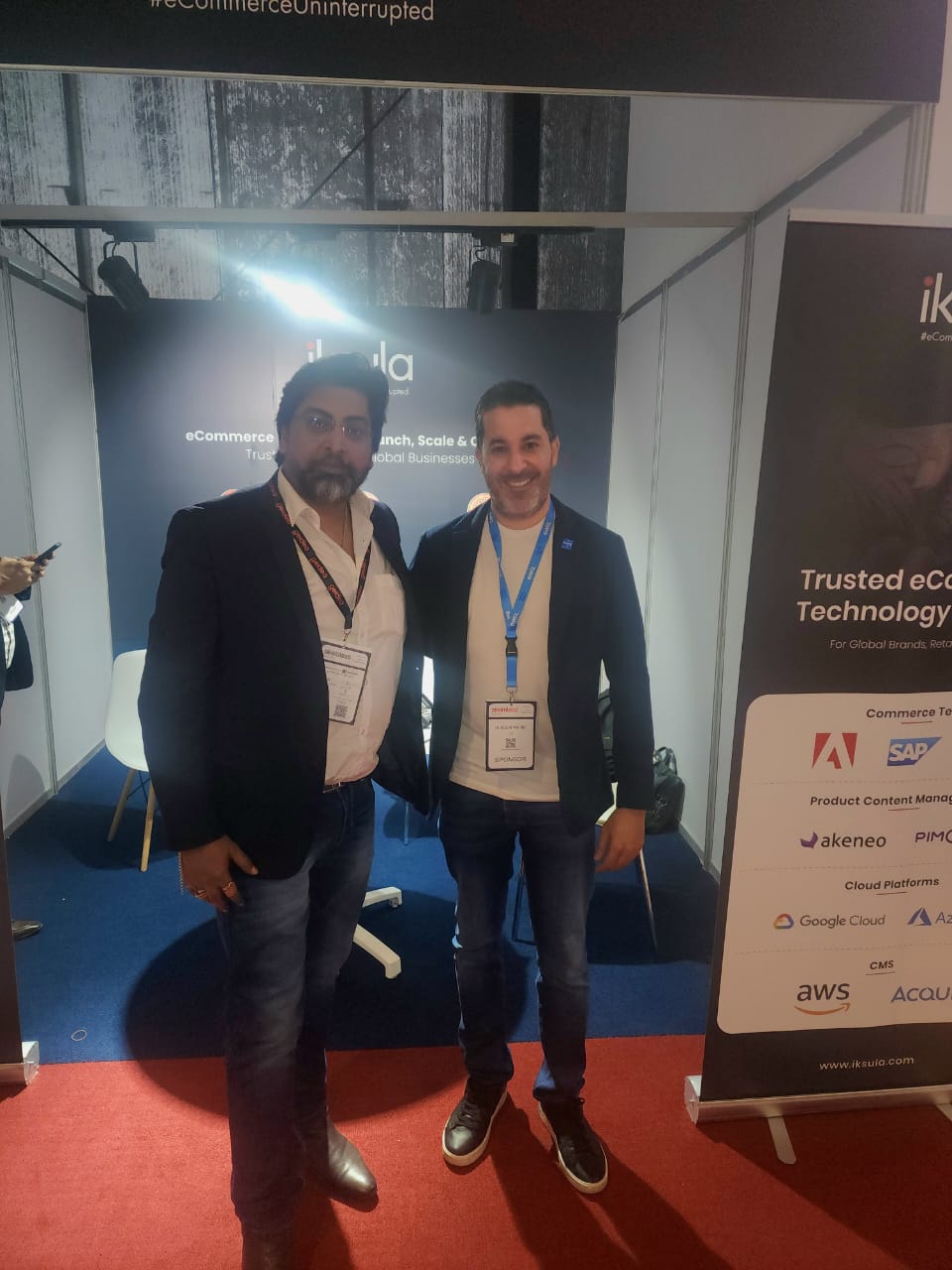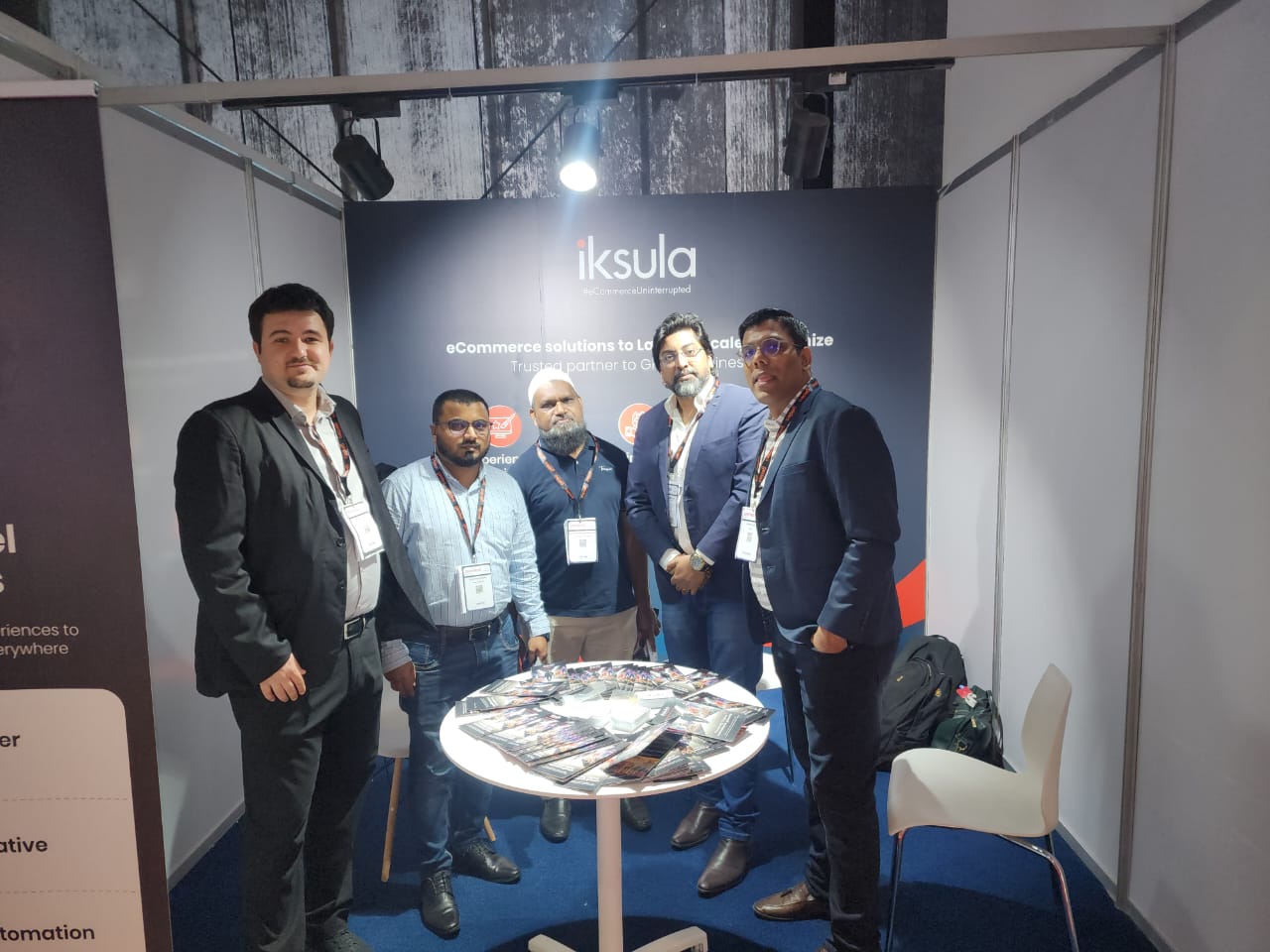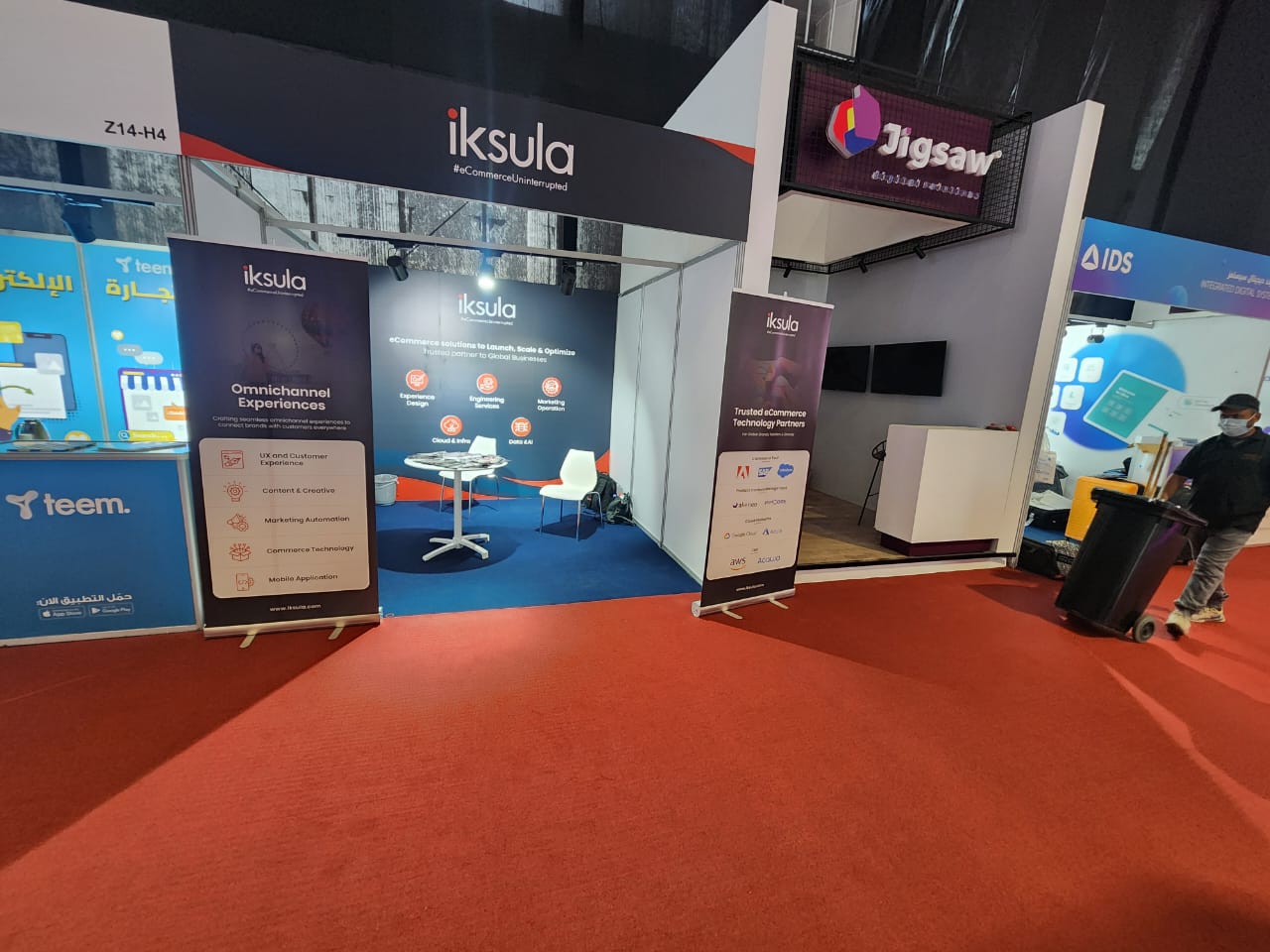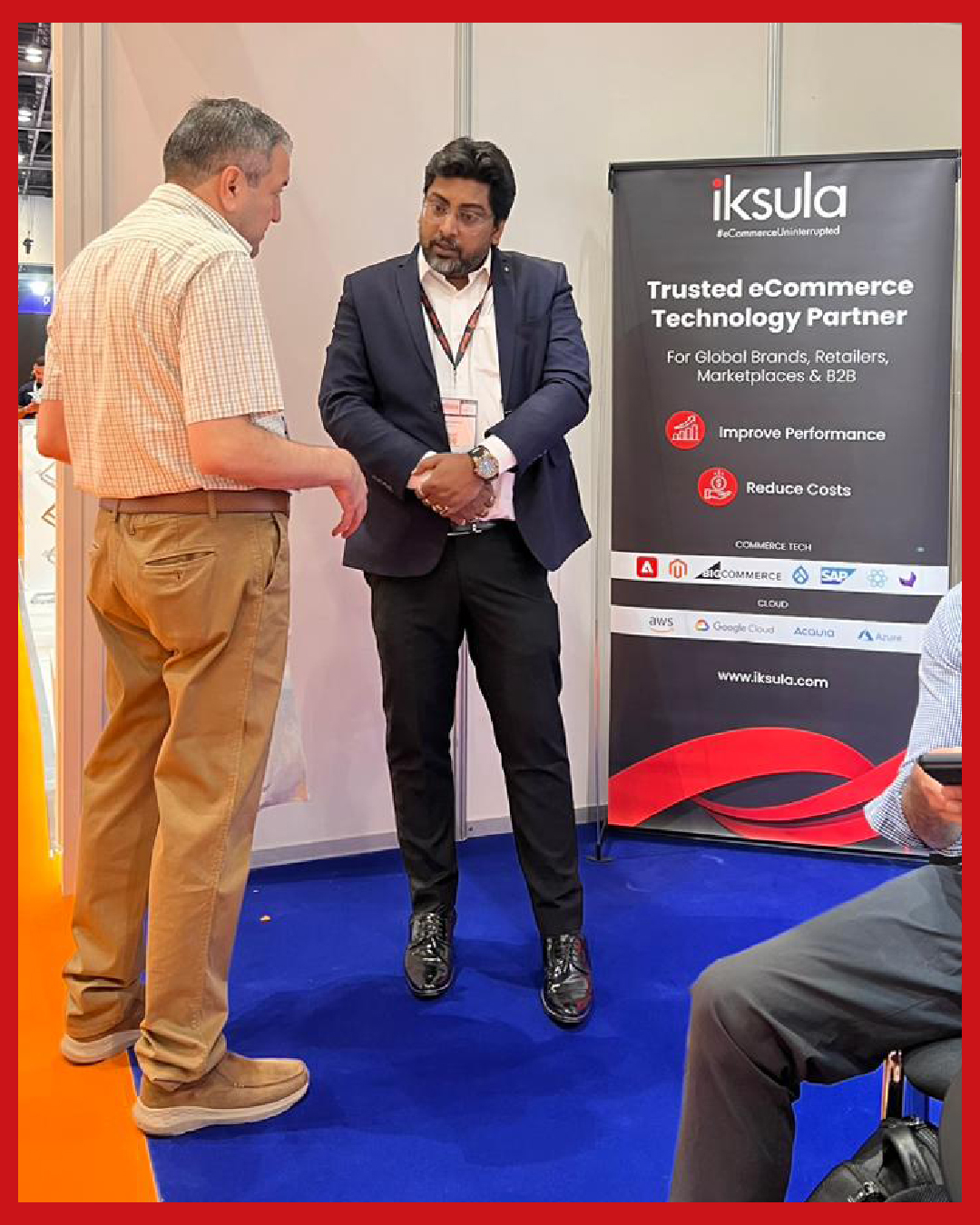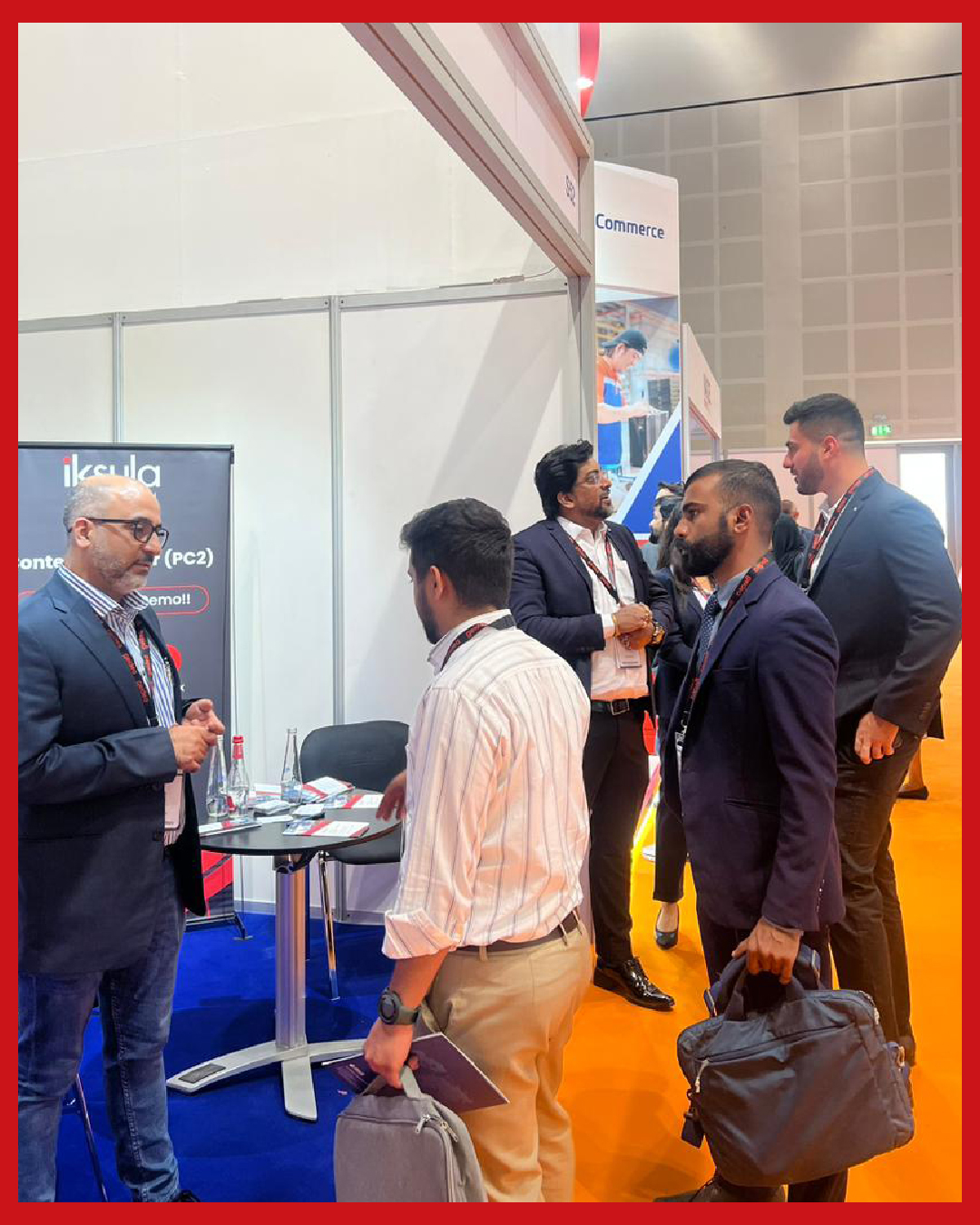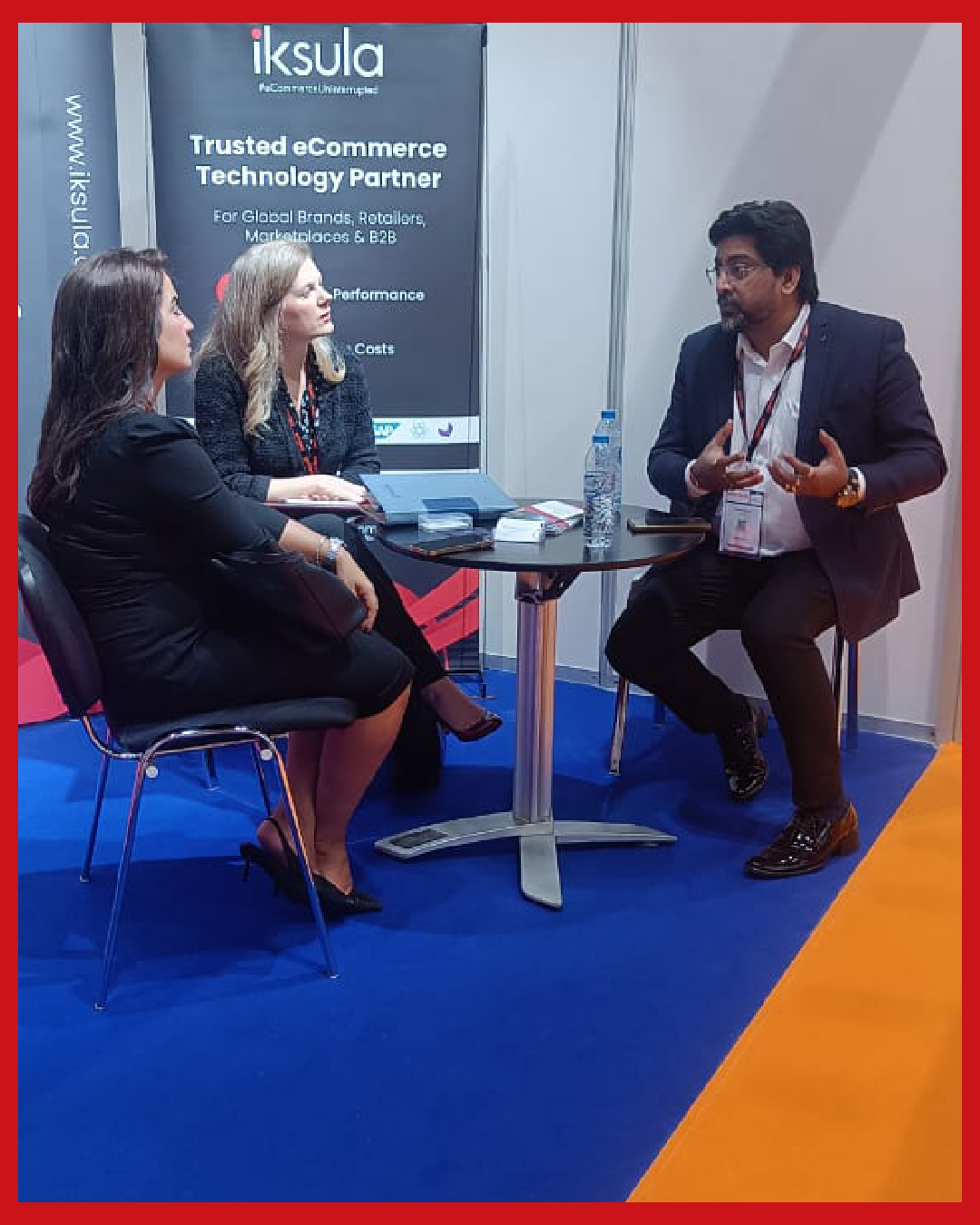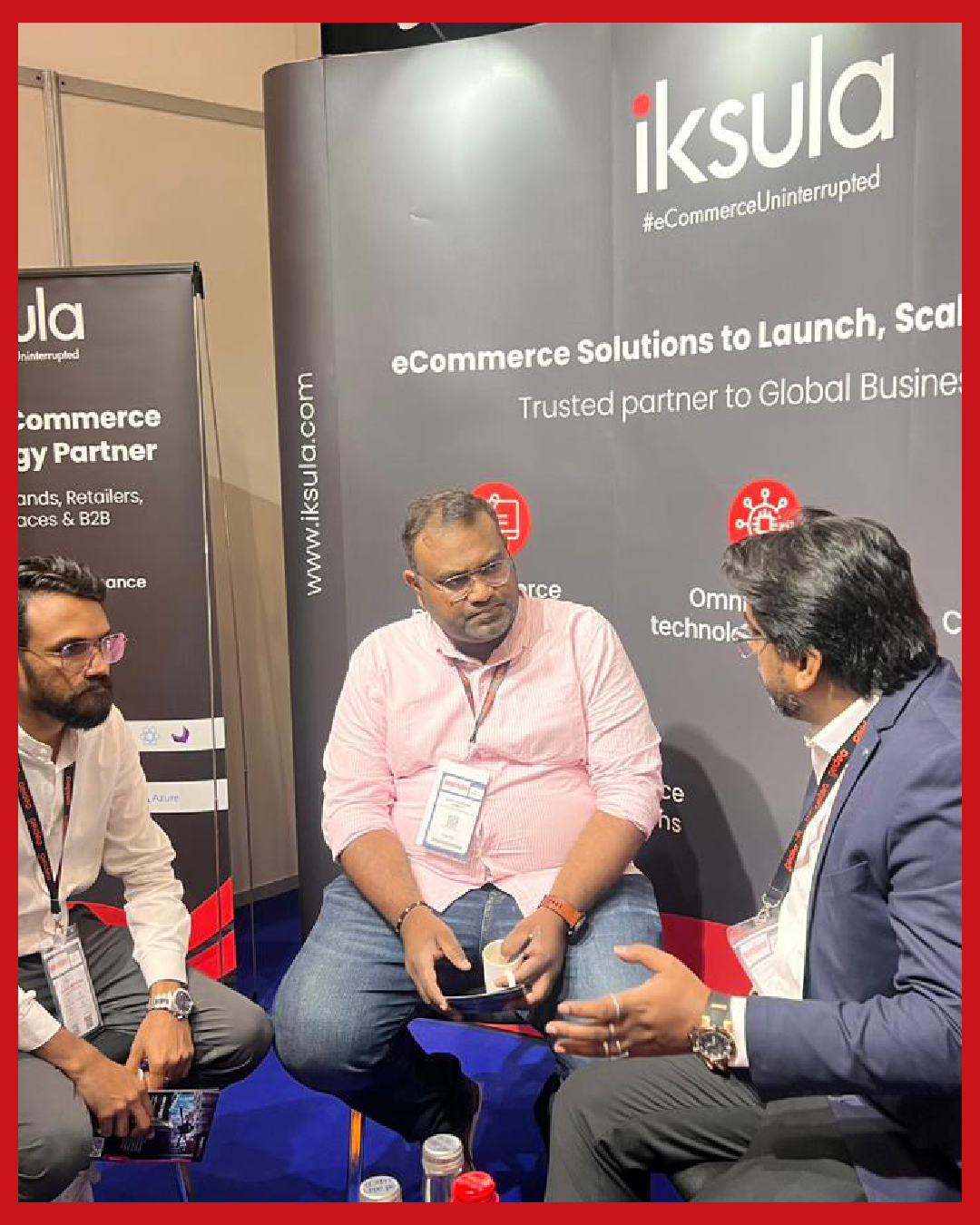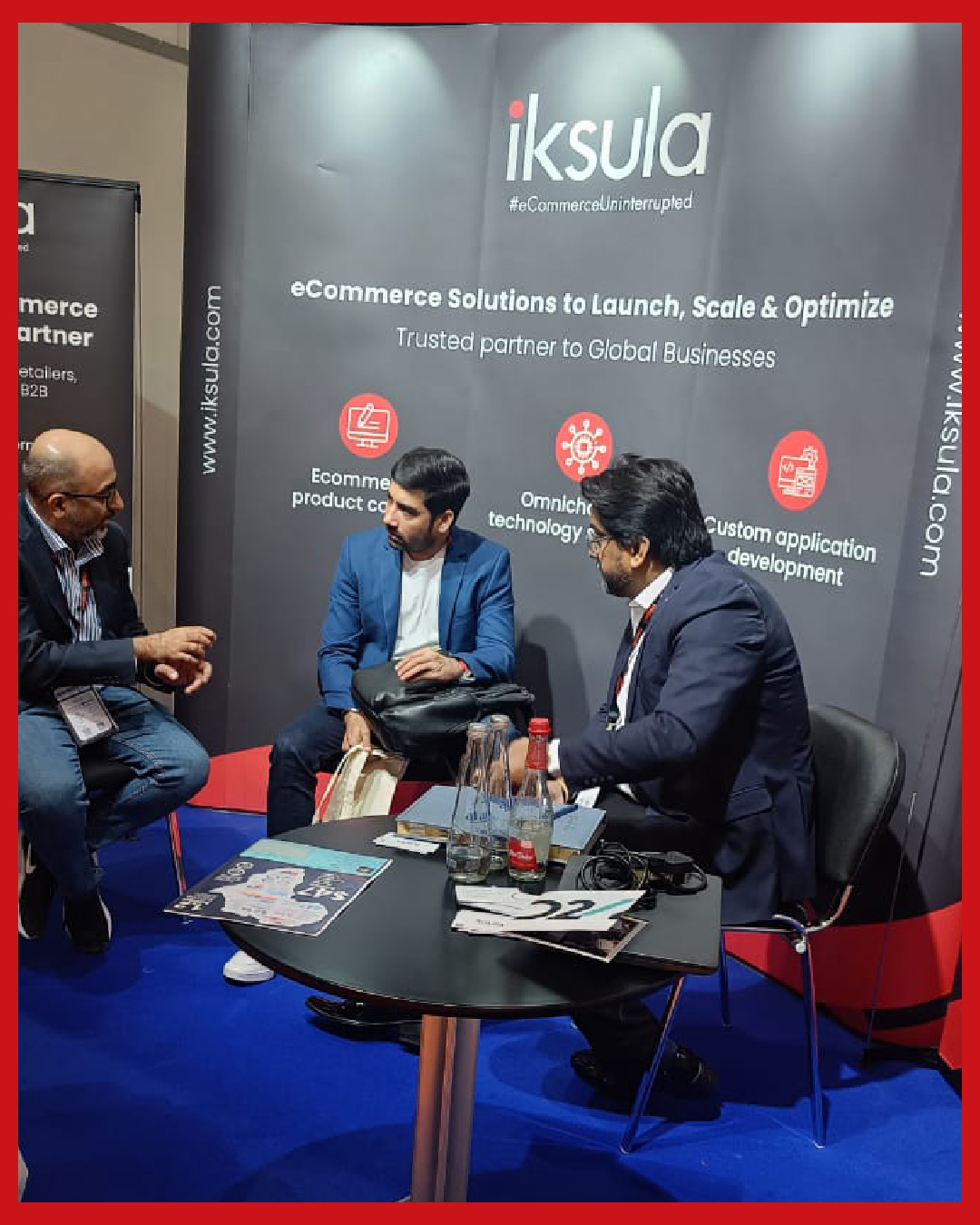In our previous blog “Choosing the Right eCommerce Technology Platform” we wrote about the various evaluation criteria that one needs to take into consideration before selecting one eCommerce platform versus another. These criteria range from product content and catalog management to pricing and promotion, and from omnichannel commerce to order orchestration and management.
With a host of eCommerce platforms available in the market for all different sizes and types of businesses, the key is to select the platform that will best suit the business and take care of all their current and future needs. In this blog, we are going to do one such comparison between 4 eCommerce platforms for enterprises – Magento, SAP Hybris, IBM WebSphere and Oracle ATG Commerce.
For Enterprises, the needs are different than the small businesses. The small businesses are almost always more interested in increasing the sales revenue with least possible cost, whereas for enterprises, scalability of the platform, data security, etc. are significant factors while selecting their eCommerce platform.
Going by the various reports by Forrester, Gartner and other agencies, there are only a handful eCommerce platforms that can be suitable for enterprises. Below are the details about 4 of such platforms.
1. Magento
Magento is an open source e-commerce web application that was launched in early 2008 and currently owned by eBay. Being Open Source, Magento offers merchants complete ability to customize the UI, data and features and functionality of their online store. The Admin interface of Magento provides content management, powerful marketing and merchandising tools to give merchants the ability to create online stores that are fully fit their unique business needs. Magento is available in 2 versions – Community Edition and Enterprise Edition.
Some main features of Magento:
- Magento is built upon a PHP framework and hence easy to learn for developers with PHP experience.
- It provides both, B2B and B2C solutions for businesses.
With more than 7000 official plugins/extensions, - Magento provides the flexibility and expandability to build customized sites
Admins can manage multiple stores from a single admin panel. - The UI can be customized to provide a nice user experience.
- Magento has a large community of developers with 800 000 qualified developers worldwide contributing back to Magento.
- Built-in tools for promotions and marketing management.
- The Magento architecture is optimized for multi-channel commerce as well.
- Magento extension marketplace is where customers can buy plugins already developed.
- Once developed, adding or altering web store functionality is possible to be executed within hours to days.
- Time to Market, Return On Investment, Total Cost of Ownership and payback time is one of the best when compared to similar platforms.
The Magento 2 features cover Community, - Enterprise & Cloud Editions for B2C and B2B, Order Management System, Business Intelligence, Social Commerce, Logistics, Content Management, Mobile Apps and POS.
- Magento also has an Enterprise Cloud Edition which is AWS based PaaS offering from Magento which includes transferable Magento
- Enterprise Edition, autoscaling hosting with 24/7 99.99 % SLA, management and analyzing tools: platform.sh, New Relic, Blackfire.io and Fastly CDN.
- As per Gartner, Magento is recognized as the leader in 2017.
- As per Forrester, Magento is recognized as Strong Performer in 2017
Cons of Magento Enterprise Edition
- Expensive relative to Magento Community Edition (there are plugins available for features missing in Community Edition).
- Magento does not have a built-in blog feature.
It consumes a lot of computing resources. - Complex admin panel for beginners.
- Documentation is not thorough.
Examples – Ford Motor Co., Nike Inc., Cisco Systems Inc., Abbott Labs., etc.
2. SAP Hybris
Hybris started as an eCommerce platform in 1997. It allows its consumers to sell in both B2B and B2C markets effectively. Later in the year 2013, it got acquired by SAP. It is an enterprise-level eCommerce software suite which has more than 2,500 stores using hybris platform, with a total of more than 20 million product SKUs and over 500,000 orders each day.
The Hybris Commerce Suite has multiple tools for the web and mobile projects targeting B2C and B2B market including powerful search and merchandising, master data management (MDM) / PIM, order management, and web content management.
Some main features of SAP Hybris
- Hybris is built using the Java programming language on the Java Spring Framework.
- It supports both, B2B and B2C solutions.
- Customers can manage multiple stores from a single admin panel.
It also supports a multi-site architecture. - The architecture is optimized for multi-channel commerce.
- Hybris has built-in SEO optimization tools which are useful for marketing teams.
- The UI can be customized to provide better user experience.
- Hybris became a serious competitor in 2013 when SAP acquired it.
- Works seamlessly with other SAP products.
It covers almost all the features that are needed for omnichannel commerce. - It has multiple deployment options – Cloud and Edge editions and also an On-Premise edition.
- Challenges to run on-premises edition on the cloud because of licensing restrictions.
- Be careful with SAP Named User Licensing requirement if the backend runs SAP.
- Additional cost risk $89/customer + 18%/y.
- As per Gartner and Forrester, Hybris is recognized as the leader in 2017.
Cons of Hybris
- Limited support for global society since its a proprietary application.
In order to get a license, a lot of paperwork has to be completed. - Because of the long process of implementation, Time to Market is longer.
The high cost of installation and maintenance. - Be careful with the Cloud and Edge Editions. Not same as an on-premise edition.
Examples – Volkswagen, The Body Shop, Ericsson, Electrolux, etc.
3. IBM WebSphere
IBM WebSphere Commerce released its first version in 1996 during the Olympic games for ticket sales. Since then, it has evolved into a complete eCommerce solution for enterprises. Currently, it is an omnichannel eCommerce platform that enables B2C and B2B sales to customers across channels — web, mobile, social, call center or store. It supports all the functionalities needed by an enterprise, be it selling and fulfillment with precision marketing, merchandising tools, site search, customer experience management, catalog and content management, social commerce and advanced starter stores.
Some main features of IBM WebSphere
- IBM Websphere was one of the very first e-commerce platforms.
- It was based on IBM HTTP Server, C++ stored functions in DB, IBM Net.Data (DB2 macro language extension) and DB2 Universal Database.
- Renamed 2000 as IBM WebSphere Commerce Suite, the new application was built with WebSphere
- Application Server and EJB technology.
- It is available in 3 editions – Express, Professional and Cloud Editions.
- All of them have different features and licensing.
It has a built-in adaptive webshop. - Using Websphere, clients will have opportunities for setting up multiple sales channels and targeted offers.
- It has an event-driven functionality, where events like an abandoned shopping cart, subscriptions, etc. are noted and specific actions can be taken.
- It has user-friendly interface
With social media gaining importance, it has a seamless integration with various social media services. - It dynamically optimizes content for various device types and formats including web, mobile, and tablet.
- WebSphere Commerce is recognized as a leader by Gartner.
- Forrester dropped IBM WebSphere Commerce from leader to Strong Performer
Cons of IBM Websphere
- The Total Cost of Ownership is very high given the huge cost of licenses and convoluted logic of pricing.
- Clients may need to employ IT staff just for supporting the Websphere application.
Examples – T-Mobile, Zara, Dick’s Sporting Goods, Boots, etc.
4. Oracle ATG Commerce
Oracle’s ATG Web Commerce is one of the industry’s top-ranked e-Commerce solution. ATG started into eCommerce around 2000 and later was acquired by Oracle in 2010 for $1 Billion. Currently, it has few of the world’s best brands as their clients. It delivers a consistent, personalized cross-channel customer experience across multiple channels including the web, contact center, mobile devices, social media, physical stores, and more.
Some main features of Oracle ATG Commerce
- It is built using the Java programming language based on the Java Spring Framework.
- It supports both, B2B and B2C solutions.
It has templates for rapid implementation of standard stores along with an iOS mobile application which is included in the packaged solution. - Even this has the ability to manage multiple stores using a single server.
The architecture is optimized for multi-channel commerce.
It allows division of users into target group for targeted marketing. - It has 2 editions – the Cloud Edition and the on-premises Oracle ATG Commerce product. Both have different features and licensing terms.
- Gartner has recognized Oracle ATG Commerce as a leader.
- Forrester dropped Oracle ATG Commerce from the chart
Cons of Oracle ATG
- Similar to Magento EE (functionality is almost identical)
Examples – Tesco, Walmart, Macy’s, Best Buy, etc.
High-Level Comparison of the 4 Platforms
Gartner’s Comparison Chart for eCommerce Platforms (2017)
There is a plethora of eCommerce platforms available in the market. It is therefore of vital importance to select the platform which suits best for the business size and type and which takes care of the business needs.





